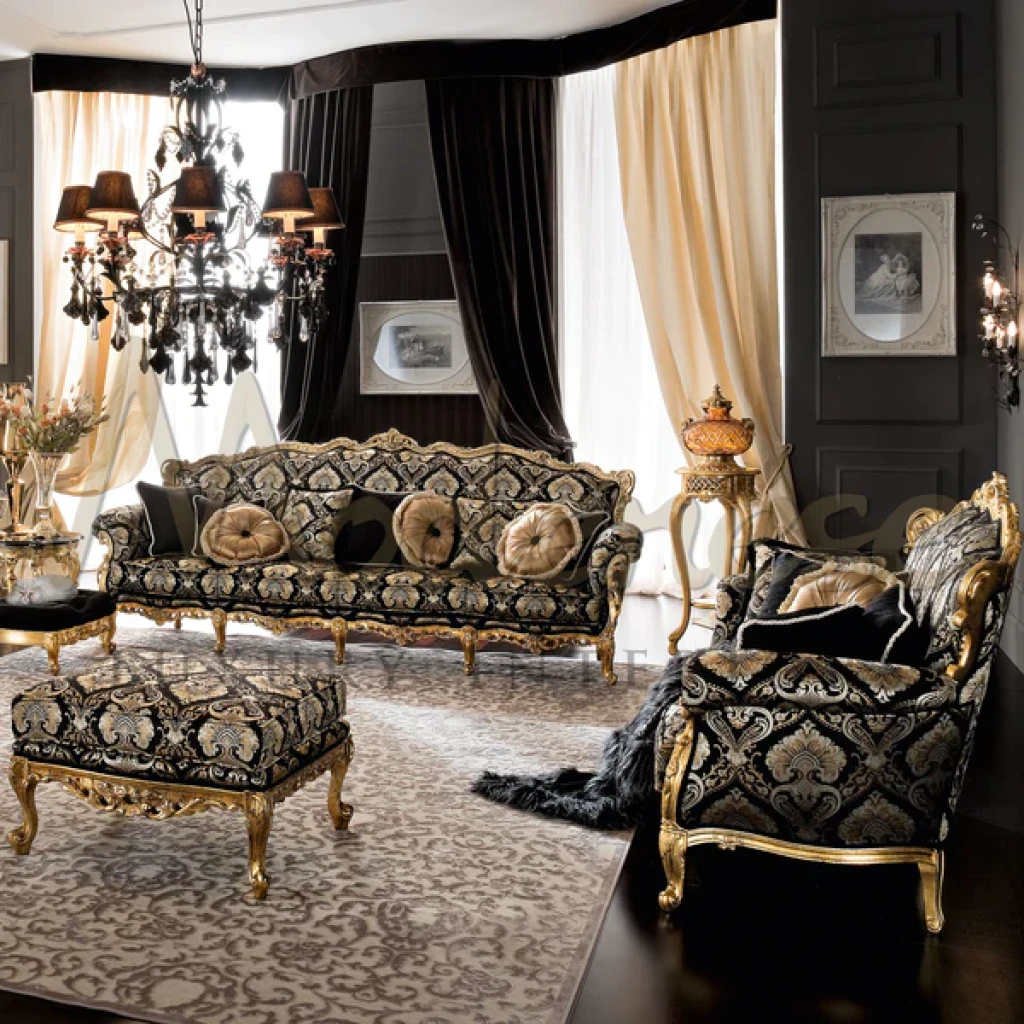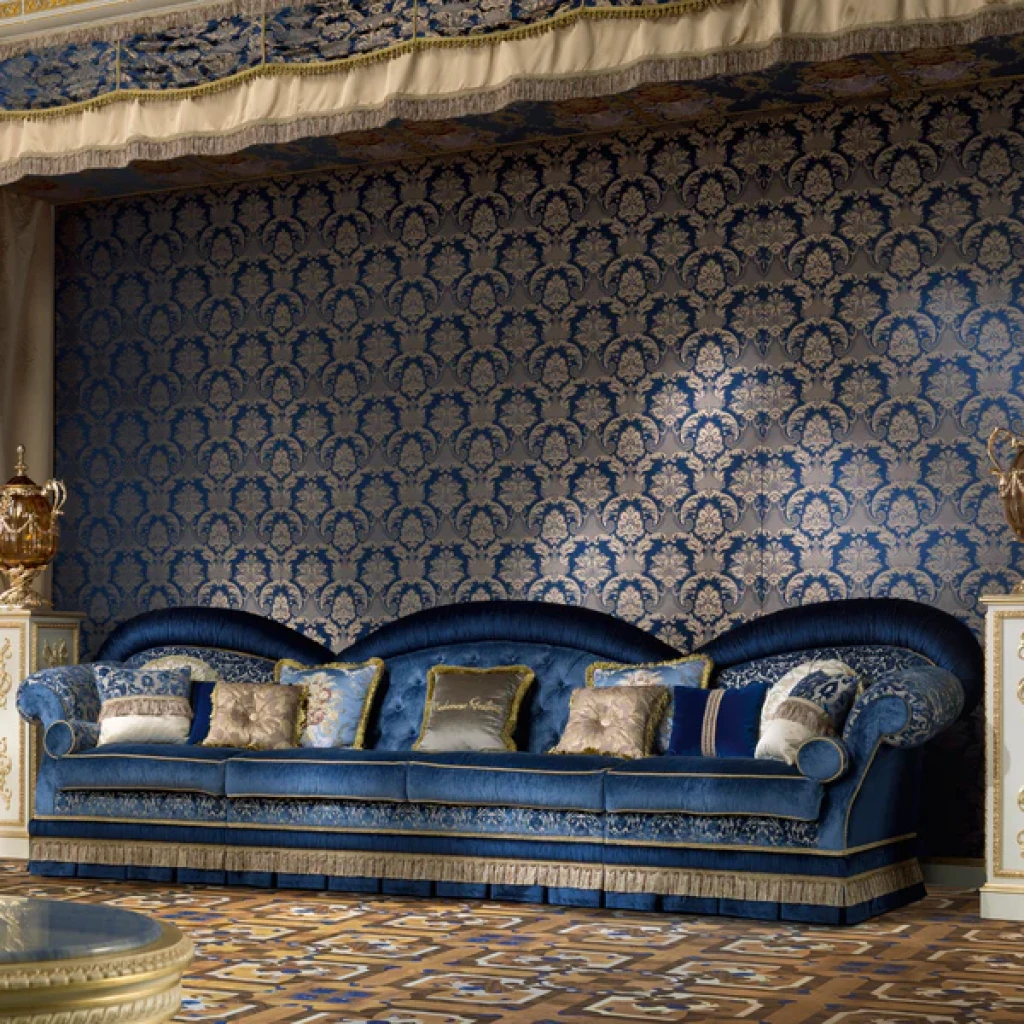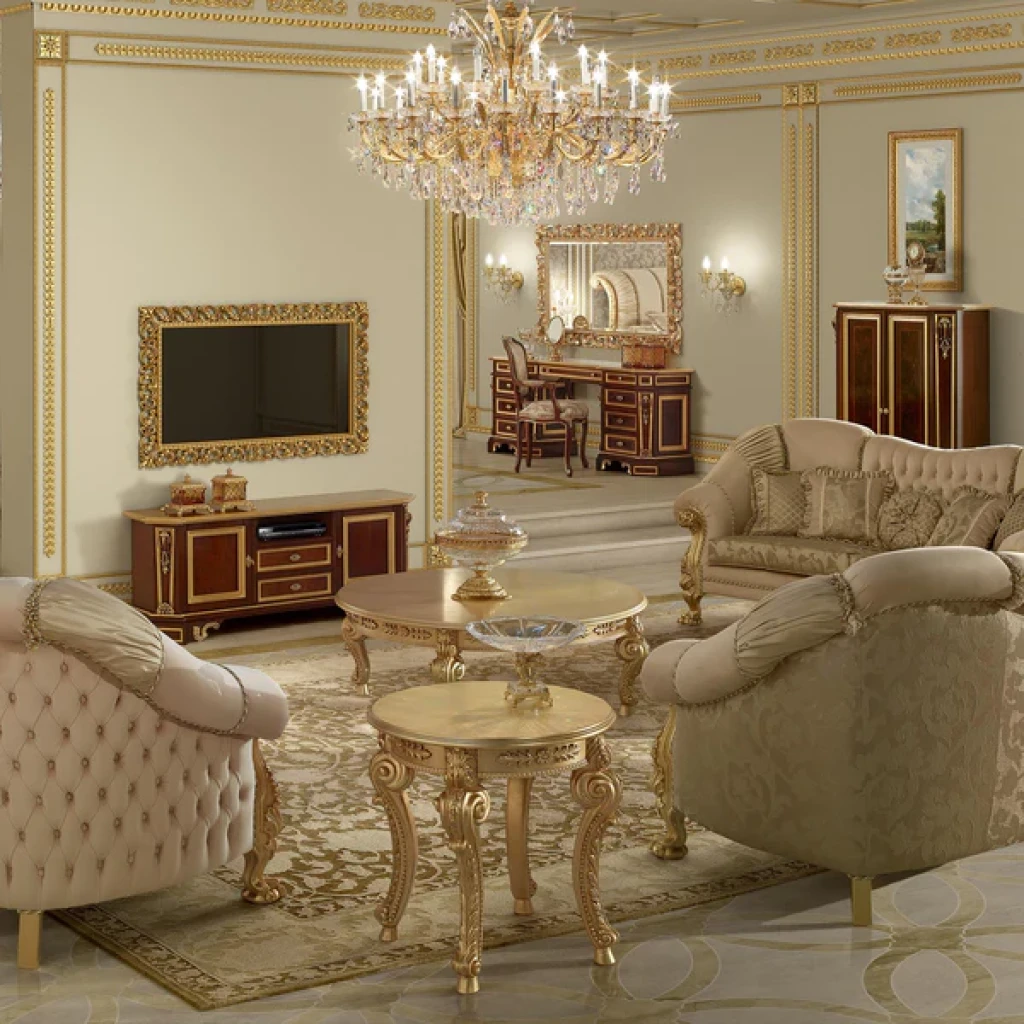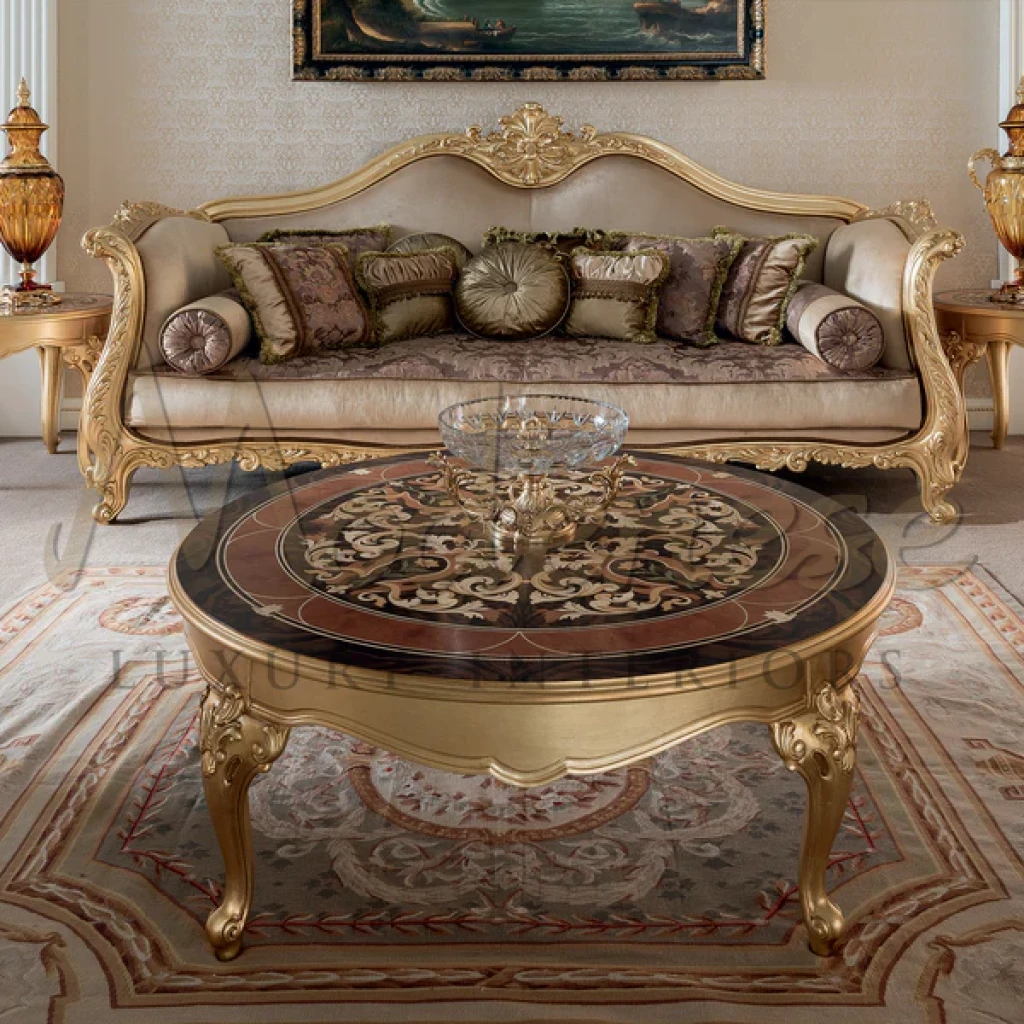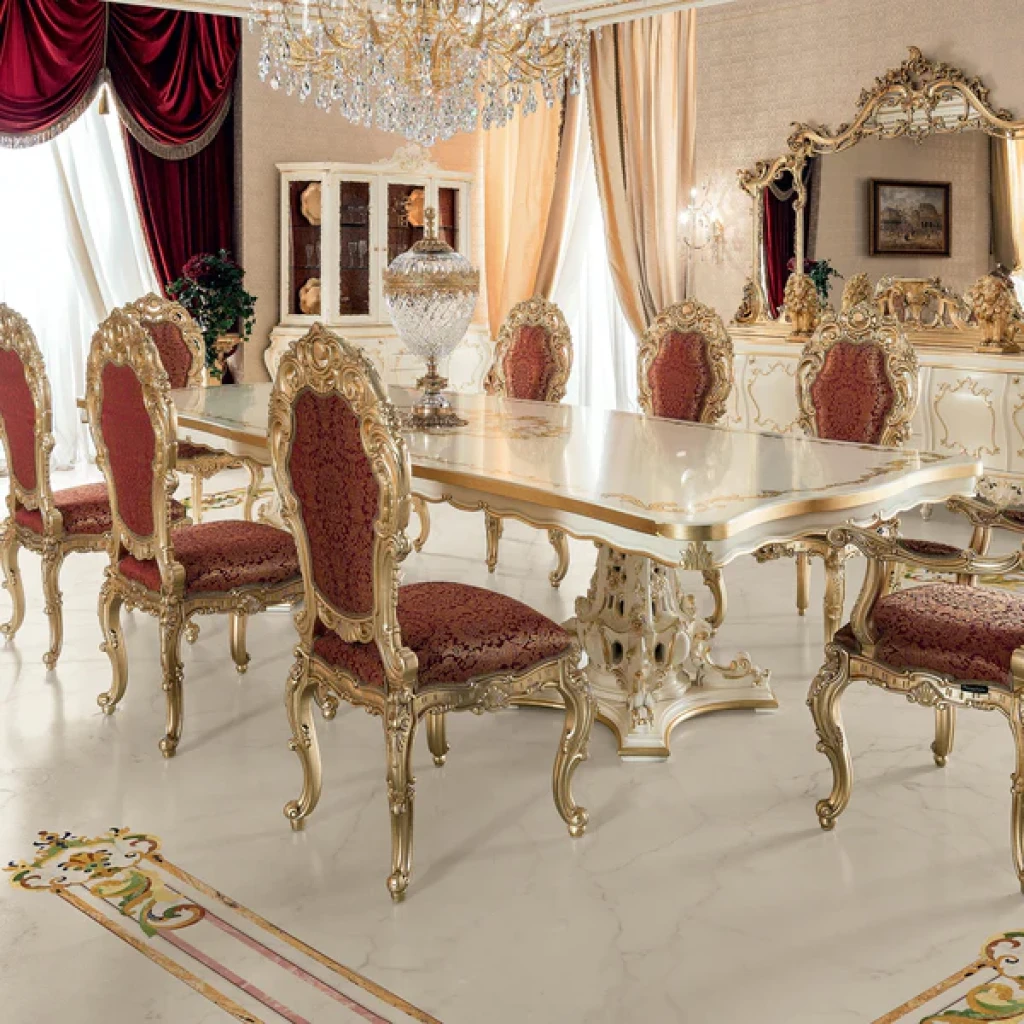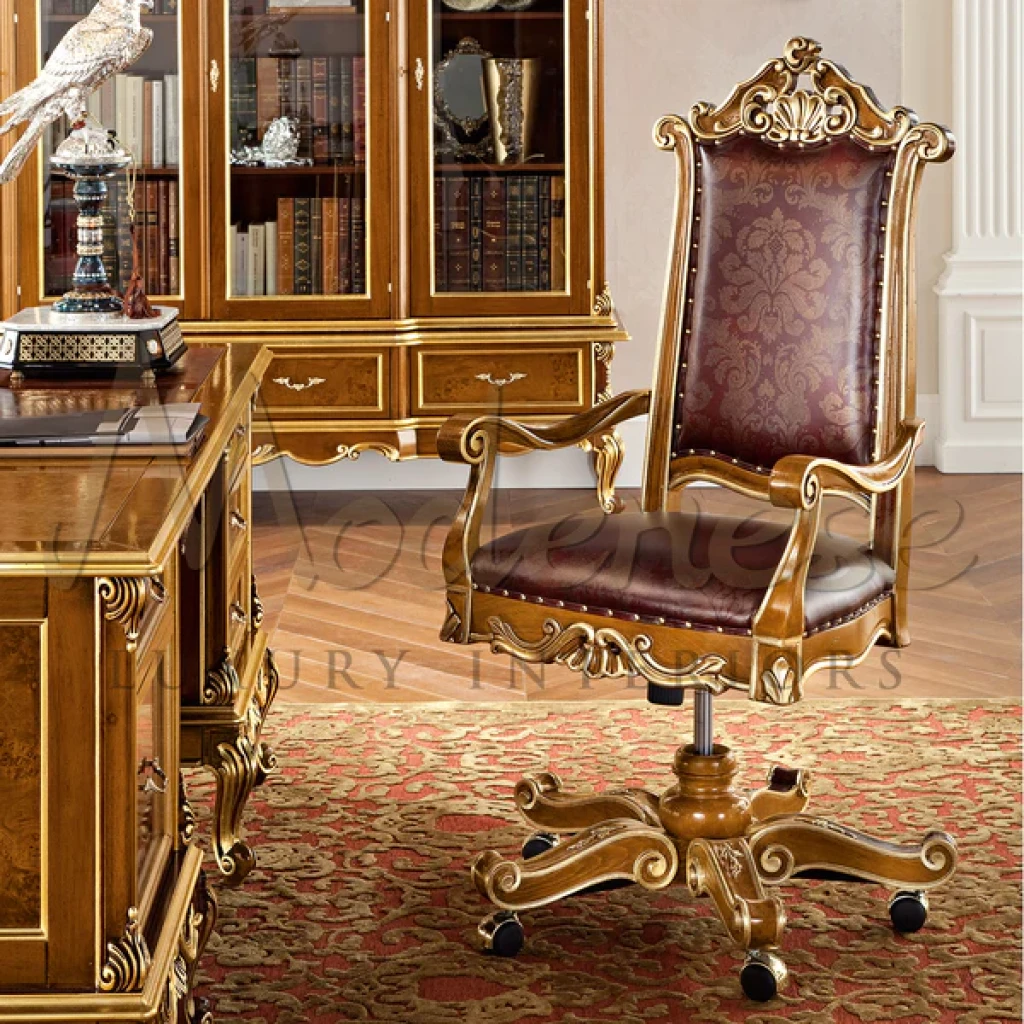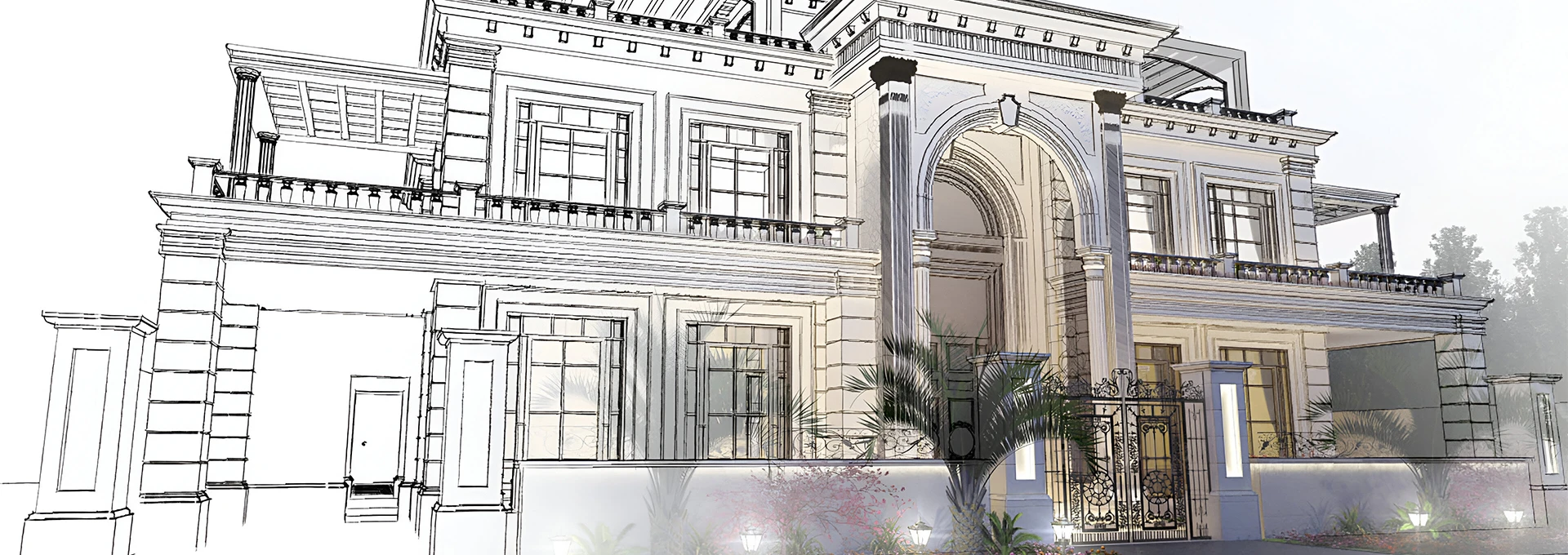
7 Essential Elements to Consider When Designing a Villa
07/22/2024
Designing a villa is an extraordinary process that involves creating a beautiful, functional, and luxurious living space. Several factors need to be taken into consideration, including choosing the right architectural style and incorporating sustainable features. Understanding the key elements of villa design is crucial for creating an elegant, cozy, and personalized home. Here are seven essential elements to consider for a villa house design:
1. Architectural Style
The architectural style of a villa house design is crucial as it sets the overall tone and ambiance of the property. Whether it's a Mediterranean, modern, colonial, or traditional design, the style should reflect the owner's tastes and fit harmoniously with the surrounding environment. Key aspects include:
Roof Design: Gabled, flat, or pitched roofs can significantly affect the villa's aesthetic.
Facade: The exterior materials (e.g., stone, brick, stucco) and color palette should align with the chosen style.
Symmetry and Proportions: A well-balanced design with proper proportions is essential for a visually pleasing appearance.
2. Landscape and Outdoor Spaces
The outdoor environment is as important as the villa design itself, providing areas for relaxation, recreation, and entertainment. Essential components include:
Gardens and Greenery: Lush gardens, strategically placed trees, and flowering plants enhance beauty and privacy.
Swimming Pool: A well-designed pool can be a central feature, offering leisure and aesthetic appeal.
Outdoor Living Areas: Patios, terraces, and outdoor kitchens extend the living space and provide areas for social gatherings and relaxation.
Pathways and Lighting: Well-lit paths and attractive landscaping lights improve safety and ambiance.
3. Interior Layout and Space Planning
Effective space planning ensures that the villa design is functional, comfortable, and flows seamlessly. Key considerations include:
Open Floor Plan: Creating an open layout for common areas like the living room, dining room, and kitchen can make the villa feel more spacious and connected.
Zoning: Clearly defining zones for different activities (e.g., sleeping, cooking, entertaining) helps in organizing the space efficiently.
Private Areas: Ensuring bedrooms and private retreats are secluded from the main living areas provides privacy and tranquility.
Storage: Ample storage solutions, including built-in closets and storage rooms, keep the villa clutter-free.
4. Natural Light and Ventilation
Harnessing natural light and ensuring proper ventilation are vital for a healthy and pleasant living environment. Elements to consider are:
Large Windows and Glass Doors: These allow for maximum light penetration and offer stunning views of the outdoors.
Skylights and Atriums: These architectural features can bring in additional natural light, particularly in darker areas of the villa.
Ventilation: Cross-ventilation through strategically placed windows and vents ensures fresh air circulation and maintains a comfortable indoor climate.
5. Quality Materials and Finishes
Using high-quality materials and finishes not only enhances the villa's aesthetic appeal but also ensures durability and longevity. Important aspects include:
Flooring: Options like marble, hardwood, or high-quality tiles can add elegance and sophistication.
Wall Finishes: Textured paints, wallpapers, and wood paneling can create visual interest and warmth.
Furnishings and Fixtures: Investing in high-end furniture, lighting fixtures, and hardware elevates the overall luxury feel of the villa.
6. Sustainable and Smart Home Features
Incorporating sustainable and smart home features enhances the villa's efficiency and convenience while reducing its environmental impact. Key elements include:
Energy-Efficient Systems: Solar panels, energy-efficient appliances, and proper insulation reduce energy consumption.
Water Conservation: Installing low-flow fixtures, rainwater harvesting systems, and drought-resistant landscaping helps conserve water.
Home Automation: Smart home technologies, such as automated lighting, climate control, and security systems, offer convenience and increased control over the home environment.
7. Personalization and Unique Features
Finally, personalizing the villa with unique features that reflect the owner's lifestyle and preferences adds character and charm. Considerations might include:
Custom Design Elements: Tailored architectural details, bespoke furniture, and personalized decor can make the villa uniquely yours.
Art and Collectibles: Displaying art, sculptures, and personal collections adds a personal touch and can serve as focal points.
Recreational Spaces: Including amenities such as a home theater, gym, spa, or wine cellar can enhance the luxury and functionality of the villa.
Conclusion
Making a villa house design requires careful consideration of various elements to create a harmonious blend of aesthetics, functionality, and comfort. By focusing on architectural style, landscape and outdoor spaces, interior layout, natural light and ventilation, quality materials, sustainable features, and personalization, you can create a stunning and luxurious villa that reflects the owner's tastes and lifestyle. Each of these elements plays a vital role in ensuring that the villa design is not only beautiful and inviting, but also practical and sustainable for years to come.
Related News
Contact Us
Kindly provide your contact information below, and our dedicated sales team will promptly connect with you to address any inquiries.

